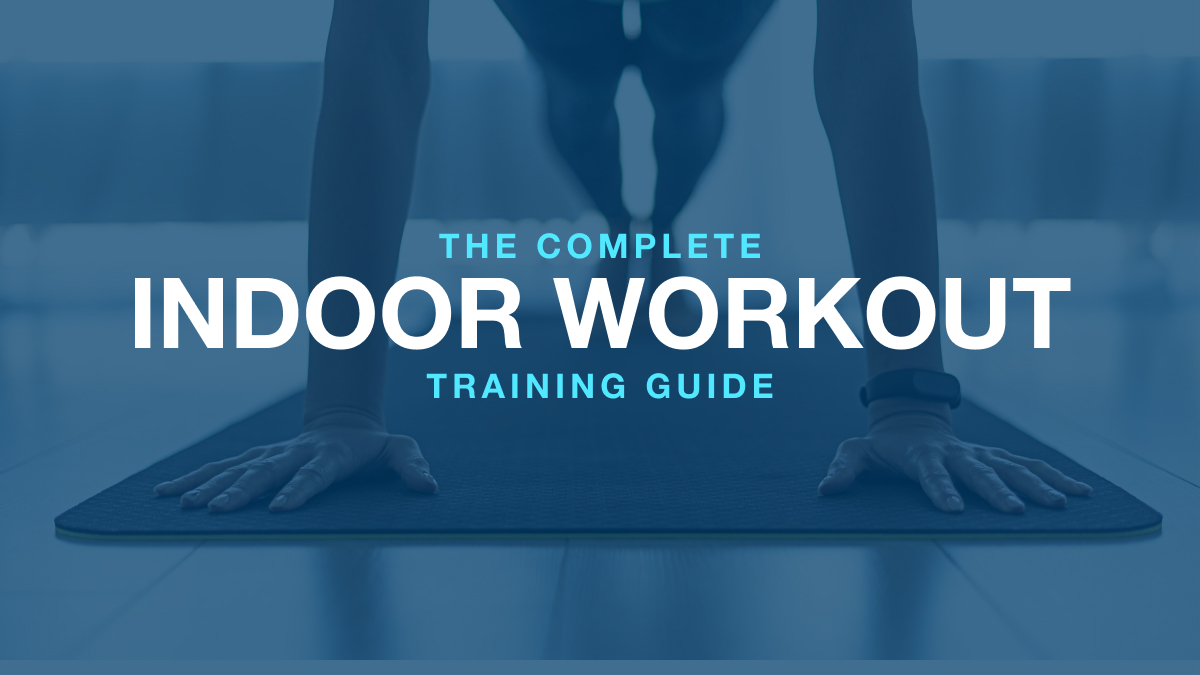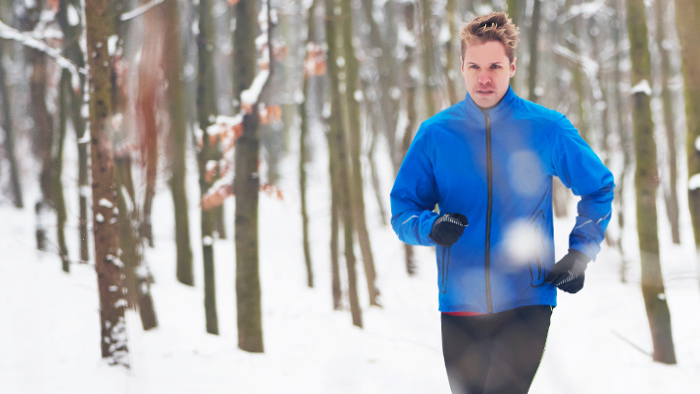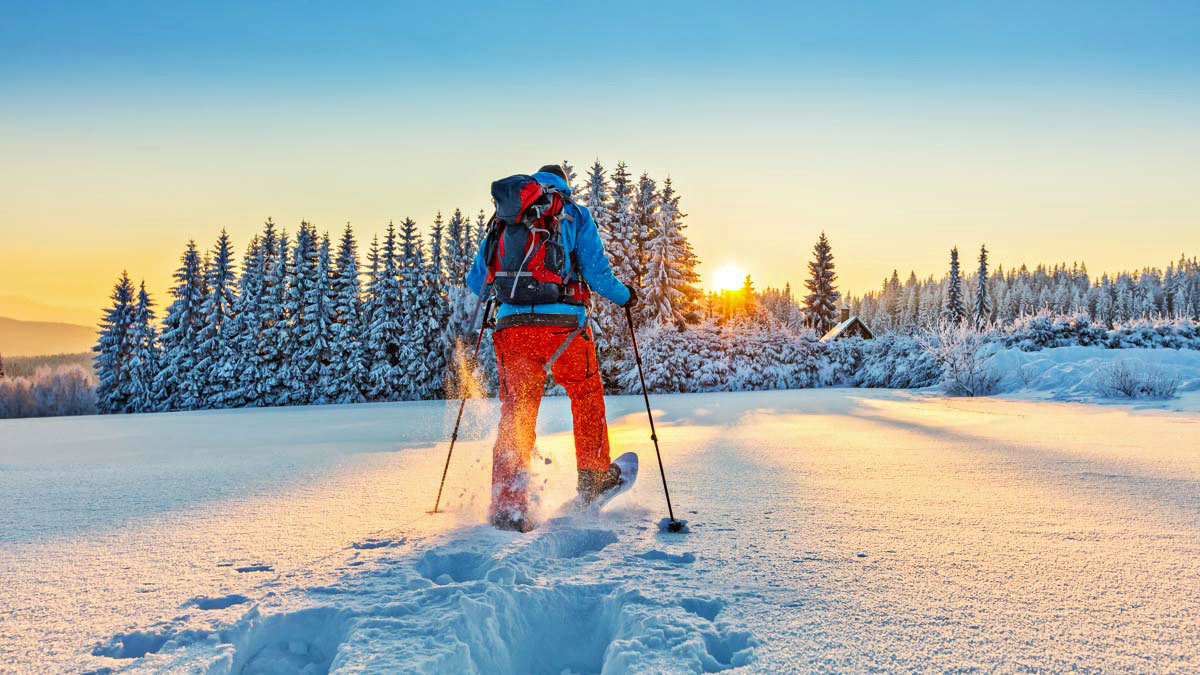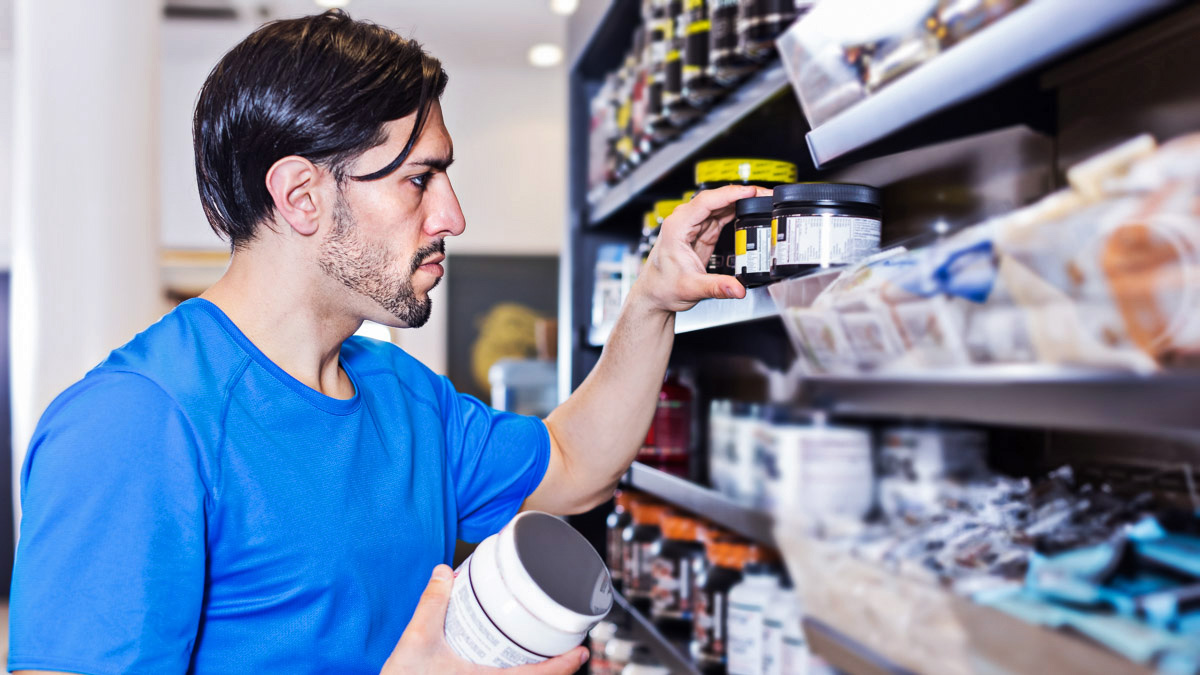With daylight savings just a month away, we can begin to dream of the warmer days and longer evenings ahead. Still, cold-weather training remains the order of the day for most of us in the Northern Hemisphere.
While some prefer to train indoors during the winter months, others embrace the cold air and venture outside whenever they can. I have written previously about some of the ways to ensure that your winter training is safe and healthy; but for this article, I want to look at one very specific aspect of training in cold environments — nutrition.
The Cold-Weather Training Myth
With the holidays behind us, many athletes looking to begin their training again might find themselves a bit out of shape. Many will approach these early months of training both as a way to begin the process of regaining fitness and to lose any unwanted weight gained from holiday indiscretions.
Many have heard the theory that exercising in the cold is more effective for burning calories than exercising in more temperate environments, but this may be overhyped. The reality is that caloric expenditure for the purpose of staying warm is not significant. Once you start exercising and generating internal heat, no further heat generation is required. So cold-weather calorie burning is likely overstated.
Still, when one considers other aspects of training in the cold — additional layers of clothing, increased resistance from snow-covered surfaces, and potentially more wind — then it becomes easy to imagine that outdoor exercise in the winter may provide higher calorie requirements than in warm weather.
What Science Says
There is, however, an evolutionary behavior that is fighting against all athletes’ best-laid plans to drop weight by doing cold-weather exercise; and that is cold-induced appetite surge. Researchers have long understood that mammals who live in colder climates gain body mass and fat stores towards the end of summer and into the winter months. Humans in the same environmental conditions have demonstrated similar tendencies despite having adequate access to food year-round.
It has long been hypothesized that colder temperatures stimulate appetite and fat storage. In fact, several researchers have explored this and found it to be true. Swimmers who swam in cooler-temperature water were observed to eat significantly more than those who swam in warmer water. Just having athletes sit in cool water actually served as an appetite stimulant in this study. In seeking to understand how this connection works, researchers have shown that ghrelin and leptin (two specific hormones that have important effects on appetite) are significantly changed in blood levels after exposure to cold. While ghrelin increases, leptin decreases, and both of these changes correlate with a bigger appetite.
Interestingly, exercising in the heat has no effect on either of these hormones, though there is an observed decrease in appetite after physical exertion in warmer environments that’s mediated by a different hormone pathway.
Optimizing Nutrition for Cold-Weather Training
For athletes who are trying to regain fitness and lose some weight during these colder months, it is important to understand this physiological process. However, coming home after a run, during which you burn 500 calories, and then consuming 500 calories or more because your appetite is surging will not help you achieve your goal of being in a negative energy balance, which is necessary for weight loss. Still, it is important to recognize that evolution is impossible to compete against, so understanding and expecting this appetite surge can help you be prepared to stay the course.
Keep healthy, filling, low-calorie snacks around. Then, when you come back from exercising in the cold, keep in mind that your appetite is likely to be high in the first hour or so afterward. If you do eat, go to those types of foods (e.g., rice cakes, fruits, smoothies, etc.).
One other piece of nutritional advice that is worth mentioning relates to alcohol. Although most athletes aren’t likely to drink an alcoholic beverage before venturing out for a cold-weather workout, it is important to know that alcohol can result in significant thermodysregulation. That is to say, alcohol inhibits the body’s normal processes to retain warmth. By promoting vasodilation — the widening of blood vessels — in the skin, blood will be cooled and then return to the core, resulting in lower body temperature. So while that drink may leave a warm feeling on the way out, it can result in you feeling colder sooner than you may otherwise.
Keep these things in mind when training outdoors during the rest of the winter, and you will be better suited to stay the course towards your fitness and race goals.
Train hard, train healthy.








